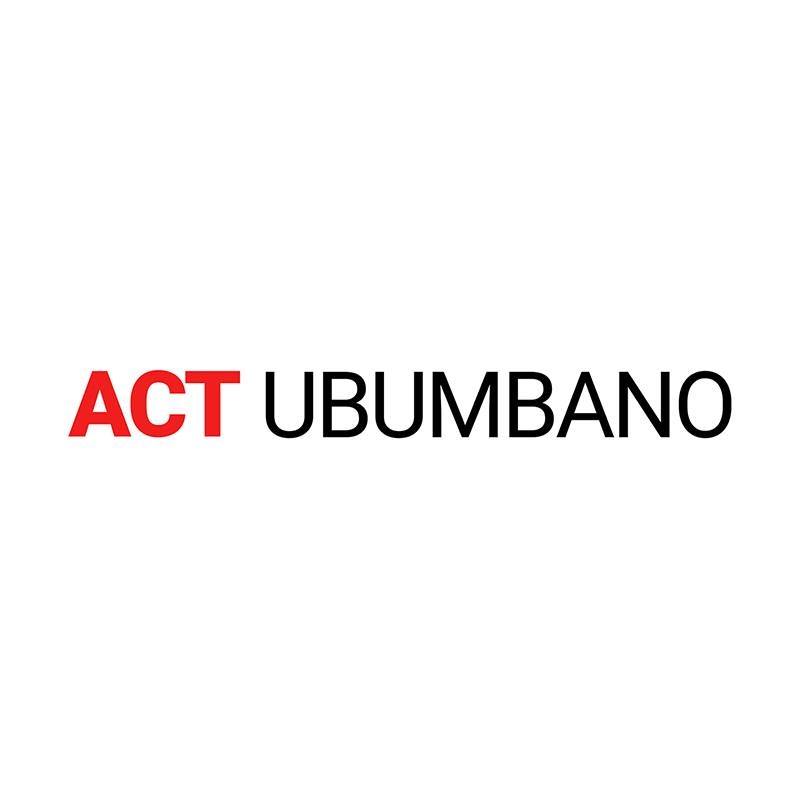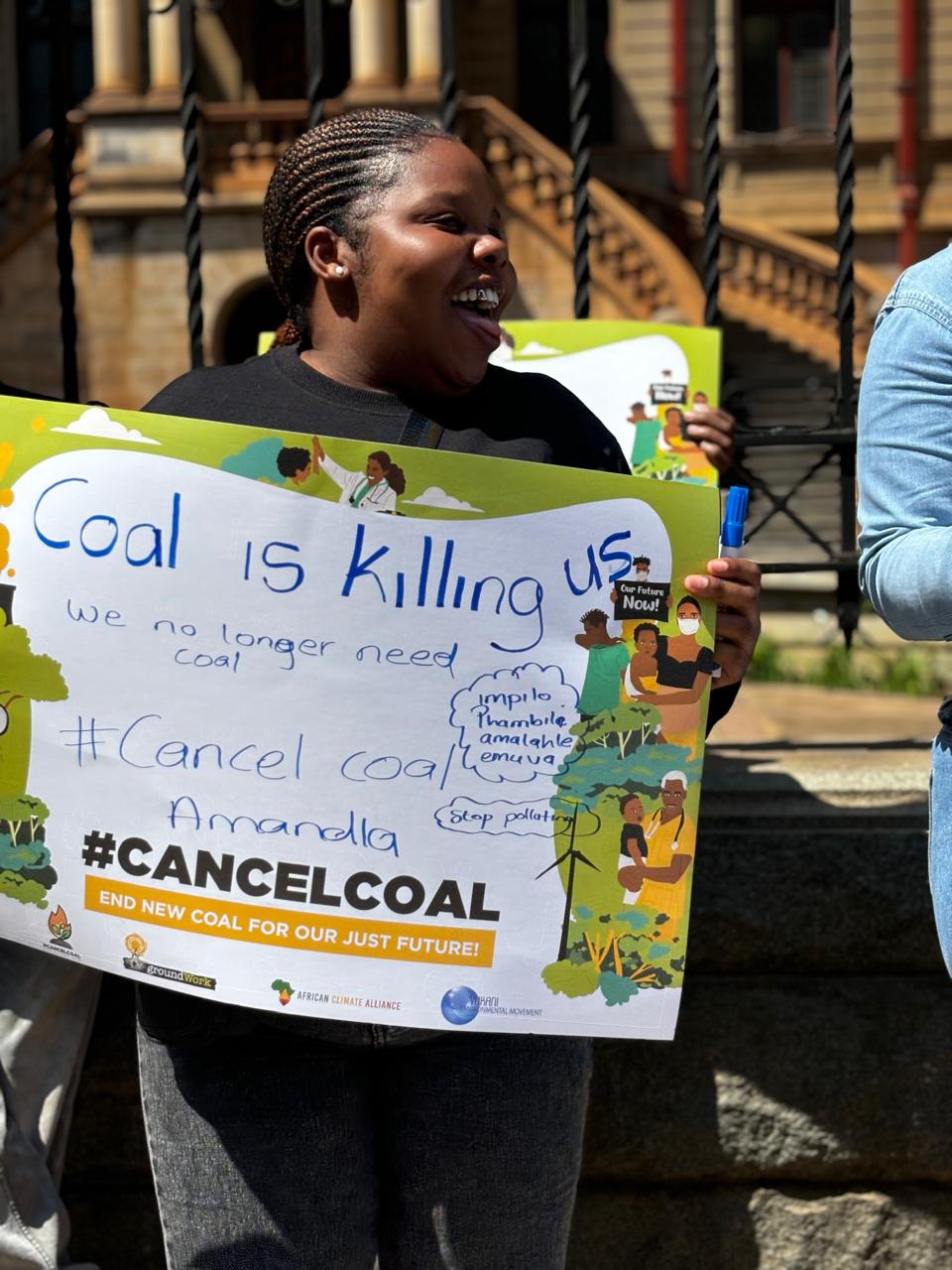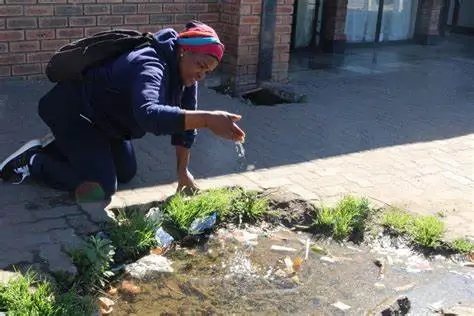by Taurai Mafundikwa
The 8th of September recognizes International Literacy Day, a key observance in the agenda for sustainable developed economies. Accordingly, it is a recognition of the crucial need for sustainable and equitable access to education. The objective of this day signifies a commitment to the importance of literacy to individuals, communities and wider society. While many countries have adopted a commitment to pursuing meaningful education & literacy indicators, a lot remains to be done in achieving this venture. Zimbabwe isn’t exempt from this gap with significant barriers recognized on both access and quality of education especially to marginalized groups. This is despite provision in the Constitution for all school-going children to be awarded an opportunity to access quality and affordable (free) basic education As we celebrate this day, we should reflect on progress made with a view to recommending action for improved indicators.
Context
Zimbabwe is ranked 146 out of 191 countries on the Human Development Index (HDI) and 61 % of children experience multidimensional poverty, this aggravated in rural areas, high-density, peri-urban informal settlements, and for persons with disabilities. A higher vulnerability factor for marginalized groups demands a higher investment in social spending by our government but however, the available corrective platforms are unable to deal with the level of need. To note, the Basic Education Assistance Module (hereafter BEAM), is intended to support children across the country in accessing quality education but the program is overwhelmed due to the wider economic challenges the nation is facing. Compounding factors include the COVID-19 pandemic, digital divide, runaway inflation, Patriarchal practices & corruption in managing assistance programs.
What are the problems?
Economic hardship & Household poverty remainprimary barriers to accessing meaningful education especially for vulnerable children such as Persons with Disability and rural based children. The harsh economic regime that Zimbabwe has been facing over the last few decades has eroded the ability of many families to send their children to school. As a result, children are found dropping out of school prematurely. 2,7 million children of school-going age are not in school due to challenges connected to the economic downturn.[1]
‘Brain Drain’ & teacher deficits are further results of the economic challenge. Qualified practitioners in education and other sectors have been leaving the country in search for greener pastures. This leaves a significant gap in Zimbabwe as we become a ‘training centre’ of sorts for nations in the region. The teacher to student ratios we’re left with are less than sustainable. Further, teachers especially in mushrooming private schools have commercialized education to a point of exclusion for the majority.
Poor Infrastructure especially in rural areas and high-density urban areas leads to children failing to access education. According to government, Zimbabwe has a deficit of about 3 000 primary schools.[2] This reveals a huge gap which is worsened by the growing youth population and density concentration in urban areas. In the rural setting, children are found traveling long distances to get to school. In Gokwe, primary school goers can walk distances of up to 8.9 km whilst for secondary schools it’s over 13.2 km.[3]
Corruption & Impunity also negatively impact access to education for children in Zimbabwe. The BEAM program has been affected by abuse of funds and in some instances late disbursement.[4] The lack of consequences for those who are abusing this fund has then exacerbated the problem.
The digital divide has become a burning challenge for school goers to access education especially in light of the COVID-19 pandemic. The imposition of lockdowns and online learning led to the exclusion of millions of children across Zimbabwe as lessons were delivered on digital gadgets. Children in remote rural areas with no access to gadgets and internet lost three years and some of them eventually dropped out. According to UNICEF,
‘’…about 4.5 million children in Zimbabwe lost nearly a year of schooling in 2020 when COVID-19 was first reported in Zimbabwe, and schools were forced to close. Digital learning was only accessible to 6.8 per cent of learners across the country, leaving the poorest and most vulnerable populations in limbo.’’[5]
Recommendations
48% of Zimbabwe’s 17 million population are children.[6] This population remains Zimbabwe and Africa’s first and most crucial resource to achieving economic development through access to quality education. Following, we make the below recommendations for improve our education indicators and literacy.
Government must explore alternative cost-effective ways such as strengthening Public-Private Partnerships to improve education response.
The government must ensure timely disbursements of budget funds to critical ministries and devolution funds to all local authorities.
There is a need for a whole-of-government approach to curbing corruption by public officials and improving service delivery. This can be done by strengthening oversight and accountability institutions such as Parliament.
The government must invest in E-education in rural and marginalized communities to reduce education inequalities and ensure that Zimbabwe becomes competitive and participates in the 4th Industrial Revolution.
Government must strive for Domestic Resource Mobilization as a means of improving the wider economy and investing in specific key sectors such as education and infrastructure.
[1][1] Zim records jump in school dropouts – The Standard (newsday.co.zw)
[2] Zimbabwe Has A Deficit Of About 3 000 Schools – Education Ministry (thezimbabwean.co)
[3] Long distances hinder access to education in rural Zimbabwe – Gemnation
[4] Zacc, Parly must probe Beam funds abuse: Zimcodd – The Zimbabwe Independent (newsday.co.zw)
[5] Digital learning reaches Zimbabwe rural schools | UNICEF Zimbabwe






